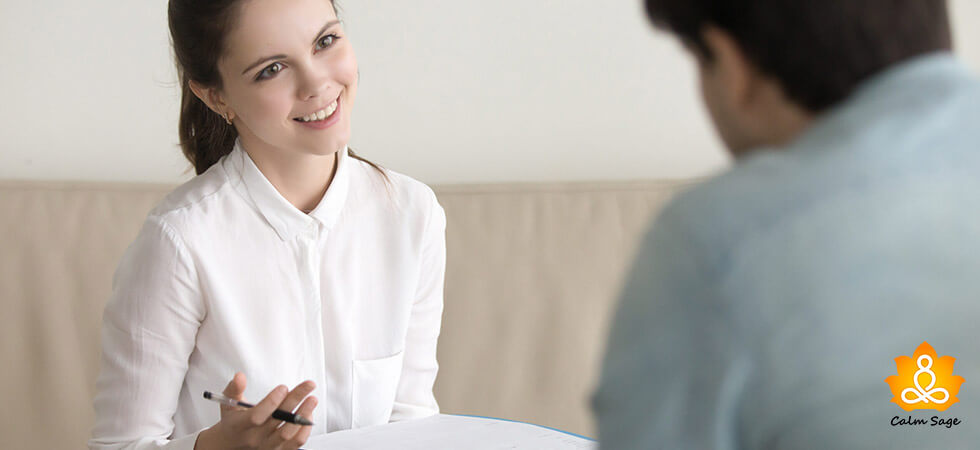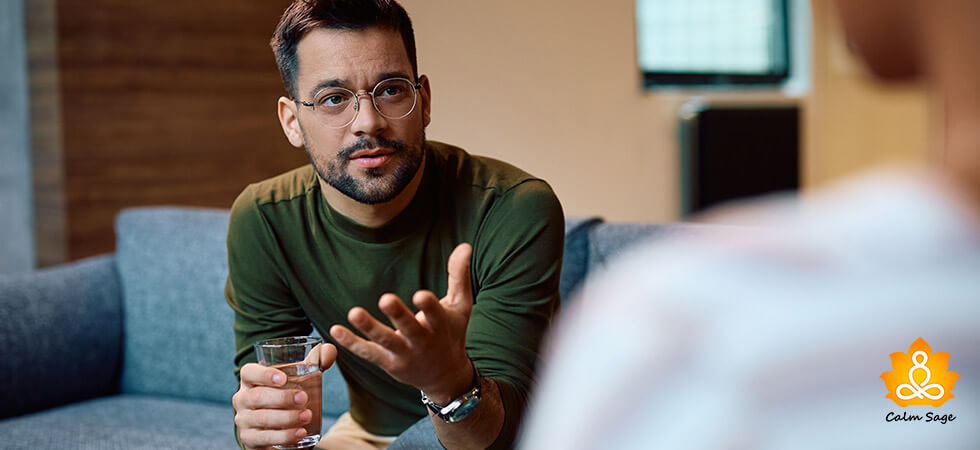Polarity Therapy: Principles, Effectiveness, And How To Get Started!
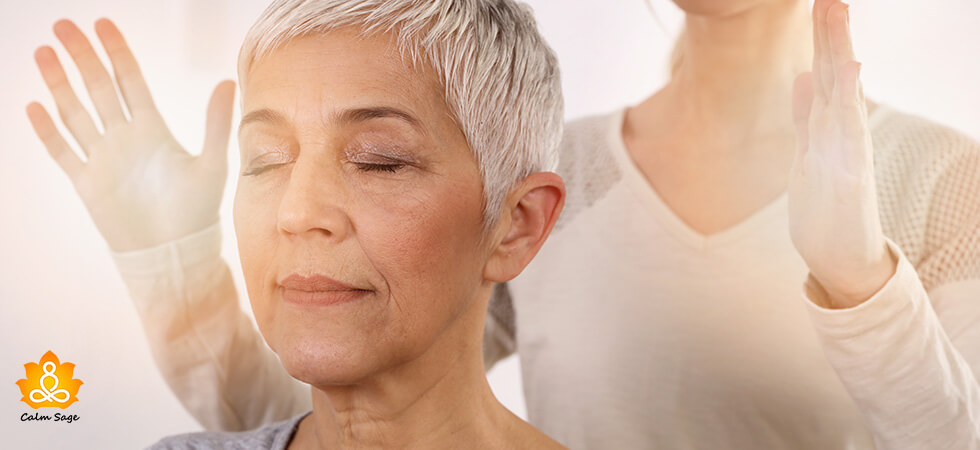
Developed in 1947, Polarity therapy is an intervention-based approach where the focus is on harmonizing your body’s energy flow to address and prevent the health challenges you face. While polarity therapy isn’t an evidence-based approach, the technique is still an effective relaxation method.
Polarity comes from the concept of negative and positive energy in the body. Coined by Dr. Randolph Stone, an osteopath, chiropractor, and naturopath, polarity therapy guides the therapist’s knowledge of the disorder or issue and their unique healing strategy.
Similar to other energy healing or therapies namely reiki, there isn’t much evidence on polarity healing. However, many studies prove the benefits of polarity therapy even though it might be criticized in the community.
Also Read: 5 Reiki Principles You Can Use to Create More Ease and Flow in Your Life
Here, let’s explore more on what polarity therapy is, polarity therapy techniques, how it helps, and how to get started.
What Is Polarity Therapy?
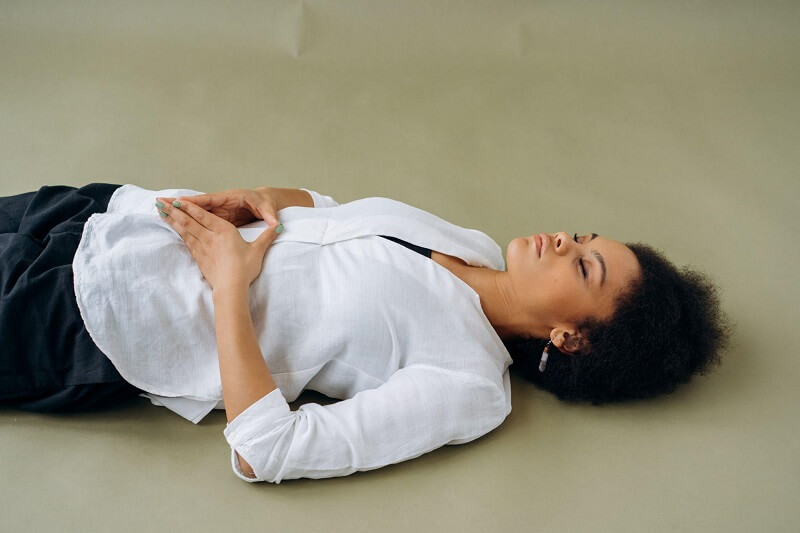
Polarity balancing or polarity therapy is an alternative intervention approach that is mostly inspired by Indian Ayurveda and Traditional Chinese Medicine (TCM). Polarity exercise aims to help you reach the source of your disorder or issue by balancing the energy flow in your body.
Polarity therapy assumes that any kind of energy imbalance in the body is likely to manifest as a disorder and illness including emotional and mental disorders. In this context, the energy flow is referred to as the electromagnetic field in the body.
To become a certified polarity therapist, one must get a credential certificate approved by the American Polarity Therapy Association. The certificate requires one to complete 800 hours of training. Polarity therapy must be done by a certified practitioner only. And while it’s completely safe, pregnant ladies are advised to avoid polarity massage.
While polarity massage therapy might seem similar to reiki and massage therapy, there are some subtle differences between them.
Massage therapy involves directly manipulating one’s muscles to ease tension and relieve pain whereas Reiki practice uses body energy to heal while using the therapist as a channel. Reiki involves directing the flow of energy toward the pain areas by either holding hands or around the said problem areas.
The Principles Of Polarity Therapy
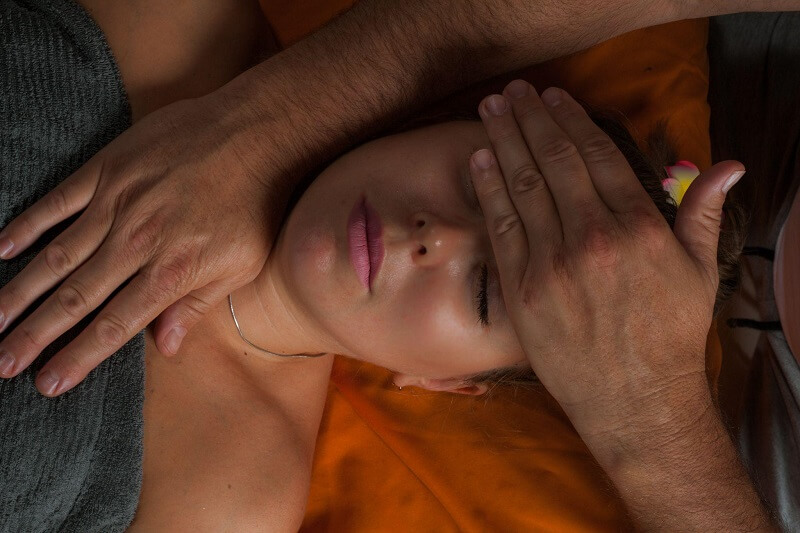
1. Counseling
Polarity therapy uses four basic principles in healing. One of them is counseling. This is rooted in reflective and active listening. The polarity therapist wants to explore your self-perception and your relationship with others. They would want to understand how these aspects of your life affects your health and how your mental status affects your physical body.
During each session, you’ll be undergoing counseling where the focus will be on making you self-aware of your thoughts and feelings and how they affect your mental health.
The counseling in polarity therapy is not similar to psychotherapy. A polarity therapist isn’t required to be a mental health professional.
2. Bodywork
The second principle that polarity therapy follows is bodywork. Bodywork is the technique that involves touching or stretching the body, using guided breathing techniques, and manipulating the energy of the body.
This principle aims to increase the fluidity of your body. Energy in the body during polarity therapy should be free-flowing. During a session, the polarity therapist, with their hands, detects the areas where there is an energy imbalance.
The therapist will directly touch your body, however, this depends on the symptoms you exhibit. Light touch may soon turn to gentle massaging to help you relax and balance your energy.
3. Diet
Another aspect that a polarity therapist likes to focus on is your diet and nutrition. They might make significant changes in your dietary habits to flush out toxins from your body. Certain foods or toxins such as colorants are considered agents that disturb the natural balance of your energy.
In polarity therapy, dietary counseling is not about weight management. The focus is on consuming foods that are rich in antioxidants and anti-inflammatory properties such as fresh fruits and vegetables, and spices like turmeric.
4. Exercise
The last but not least principle of polarity therapy is exercise. The sessions may also involve gentle physical exercises such as yoga, stretching, or other movement-based exercises that cater to your symptoms and needs.
A polarity therapist may also recommend practicing physical exercises each day while repeating a mantra such as “humor “Om”.
Is Polarity Therapy Effective?
While there is evidence lacking, some studies have proven the effectiveness of polarity therapy. In a 2019 study, it was found that middle-aged women that underwent polarity therapy treatment for anxiety and insomnia saw an improvement in their symptoms compared to the other women in a controlled group.
Polarity therapy doesn’t necessarily treat specific disorders but can be used to support one’s overall wellness. It is believed that if your energy flow is imbalanced, it can result in:
- Pain and aches
- Fatigue
- Nausea
- Physical illnesses
Polarity therapy is said to help treat or ease symptoms of:
- Eating disorders
- Attention deficit hyperactivity disorder (ADHD)
- Cancer
- Cerebral palsy
- Chronic fatigue
- Depression
- Insomnia
- Infertility
- Menopause
In a study, it was found that polarity therapy can have benefits in treating caregiver stress. In the study, 42 people either engaged in 8 sessions of polarity therapy or were asked to choose any relaxing activity such as yoga. Later, it was found that people who came in for polarity therapy had a higher reduction in stress, anxiety, and depression compared to the other group.
How To Get Started With Polarity Therapy?
Polarity sessions vary from therapist to therapist, however, the basic foundation remains the same. During a session, you should be expected to counsel with the therapist for 30-60 minutes before moving forward with bodywork.
It is believed that a welcoming and nurturing environment is important to create to build trust between the therapist and the client. Having a safe space can help the client feel heard and validated.
You can expect bodywork to be performed on a massage table (fully dressed). After this, your dietary requirements and changes are discussed before moving towards exercises.
One session is expected to last 90 minutes but can be shorter based on the therapist. There is no set number of sessions required but your therapist might discuss the need for future sessions after the initial session is over.
In Conclusion…
Polarity therapy, polarity balancing, and polarity massage – no matter the name – is an alternative intervention that aims at balancing your body’s energy to prevent and address mental, emotional, and physical disorders.
No matter the therapist – a typical polarity therapy session involves counseling, bodywork, dietary advice, and exercise.
Keep in mind that a certified practitioner only can guide a polarity therapy session. Before you get started, ask about the therapist’s certification and experience in treating specific ailments with polarity balancing. Even though polarity therapy was developed seven decades ago, research on its effectiveness is lacking.
However, many studies over the years have proven that polarity therapy can help in relaxation, stress relief, and pain management.
Found this article helpful? Share your thoughts with us in the comments below. You can also write to us at info@calmsage.com or drop us a message on our social media.
Take Care!
Also Read:






